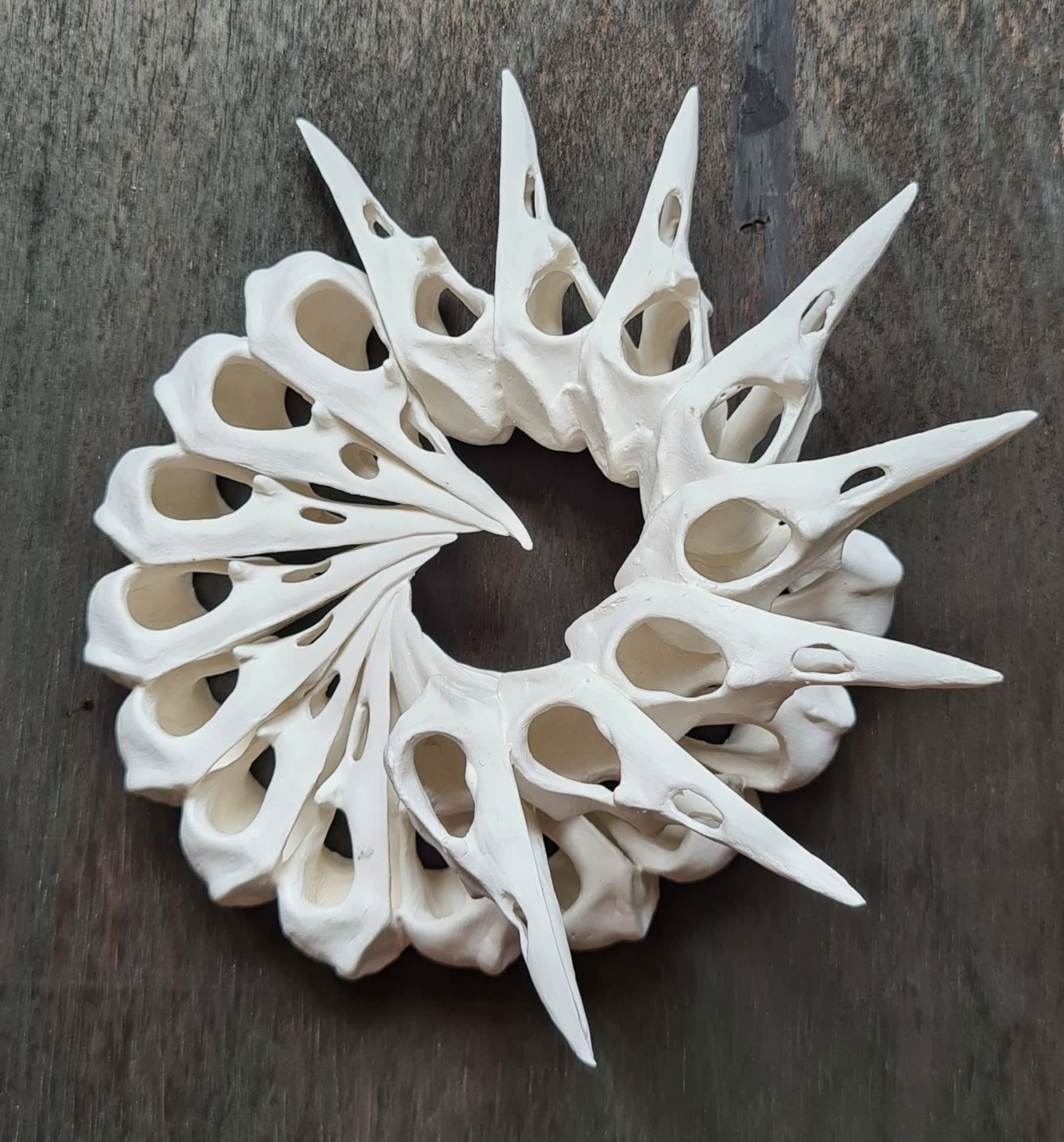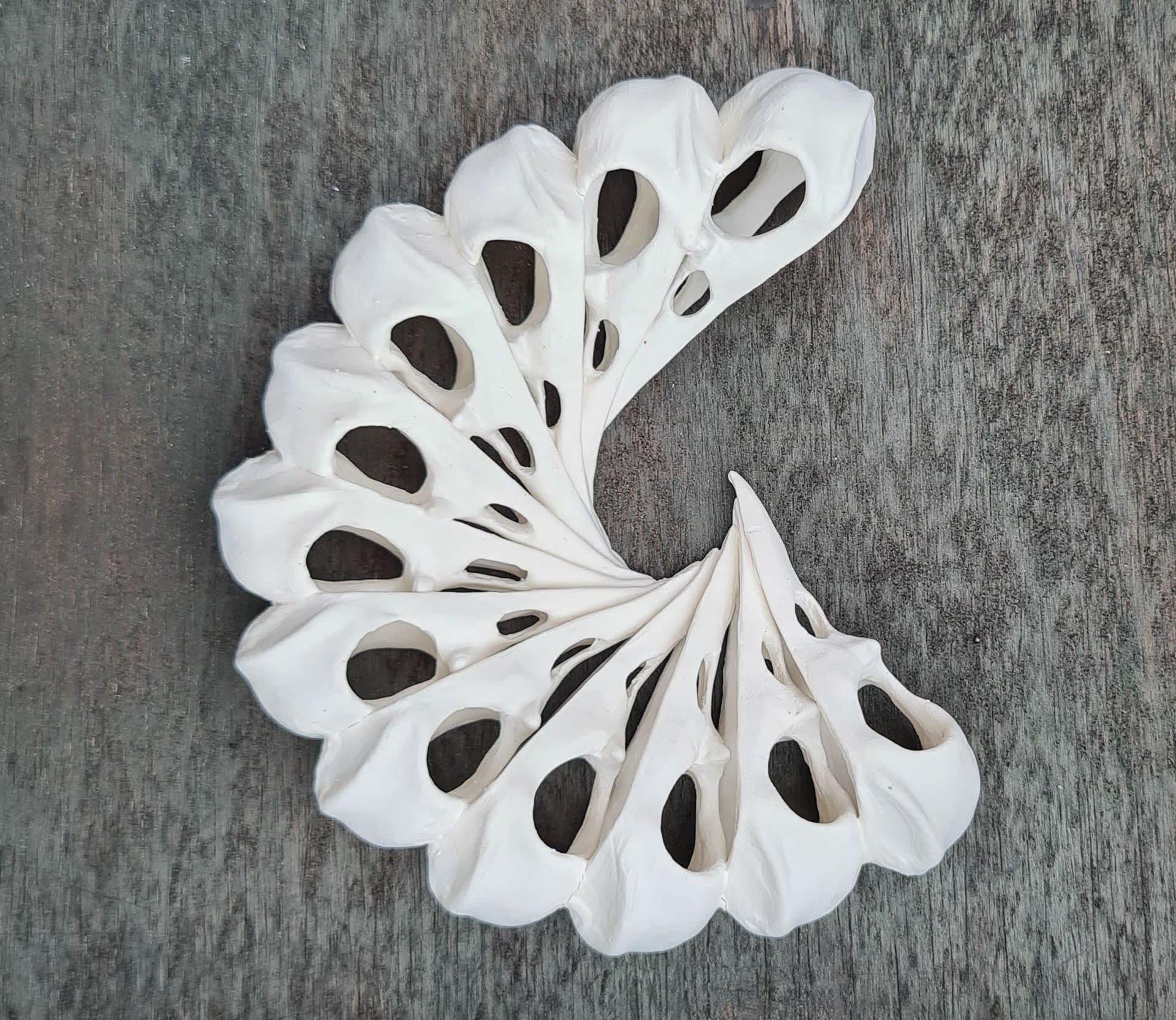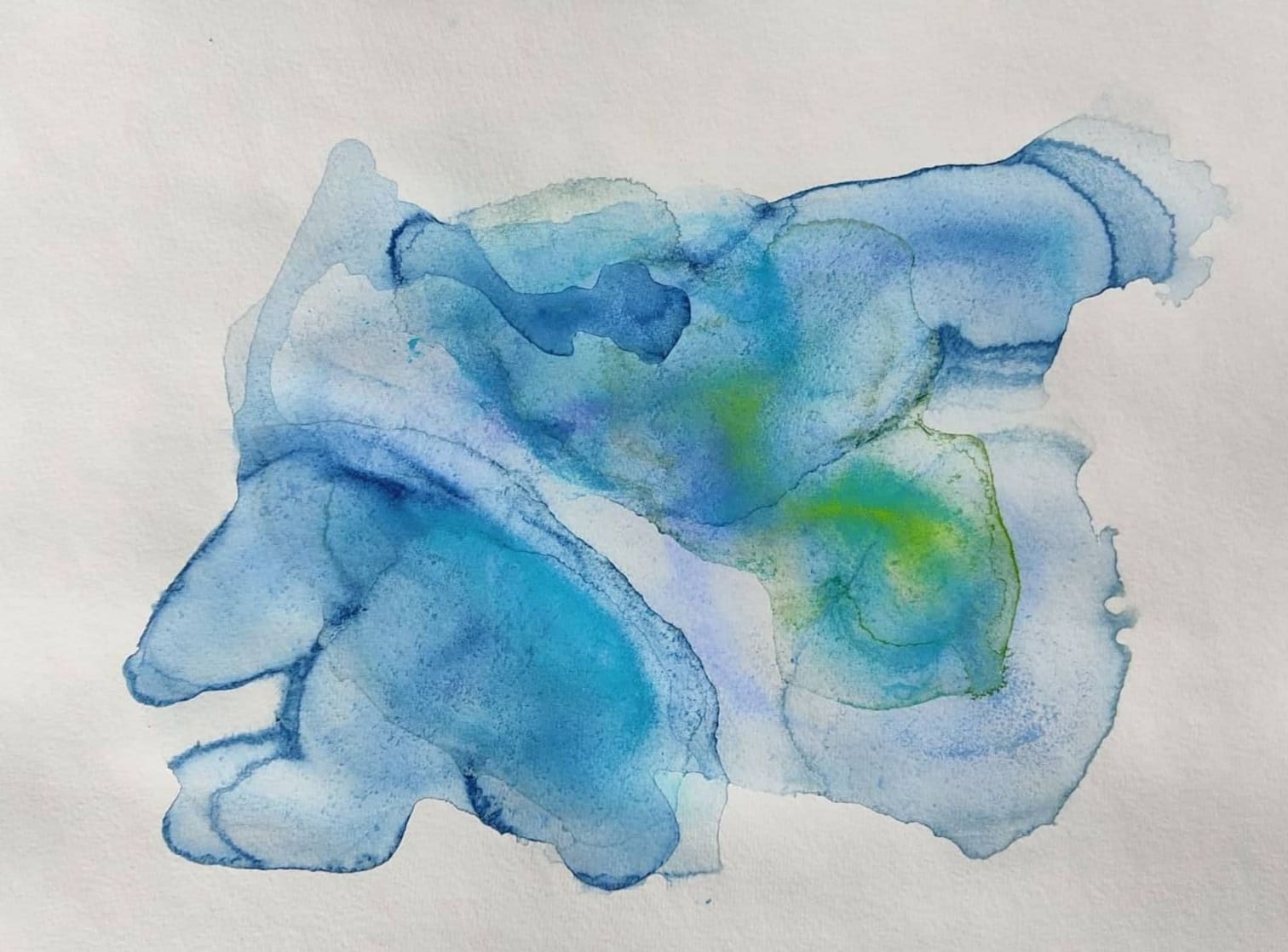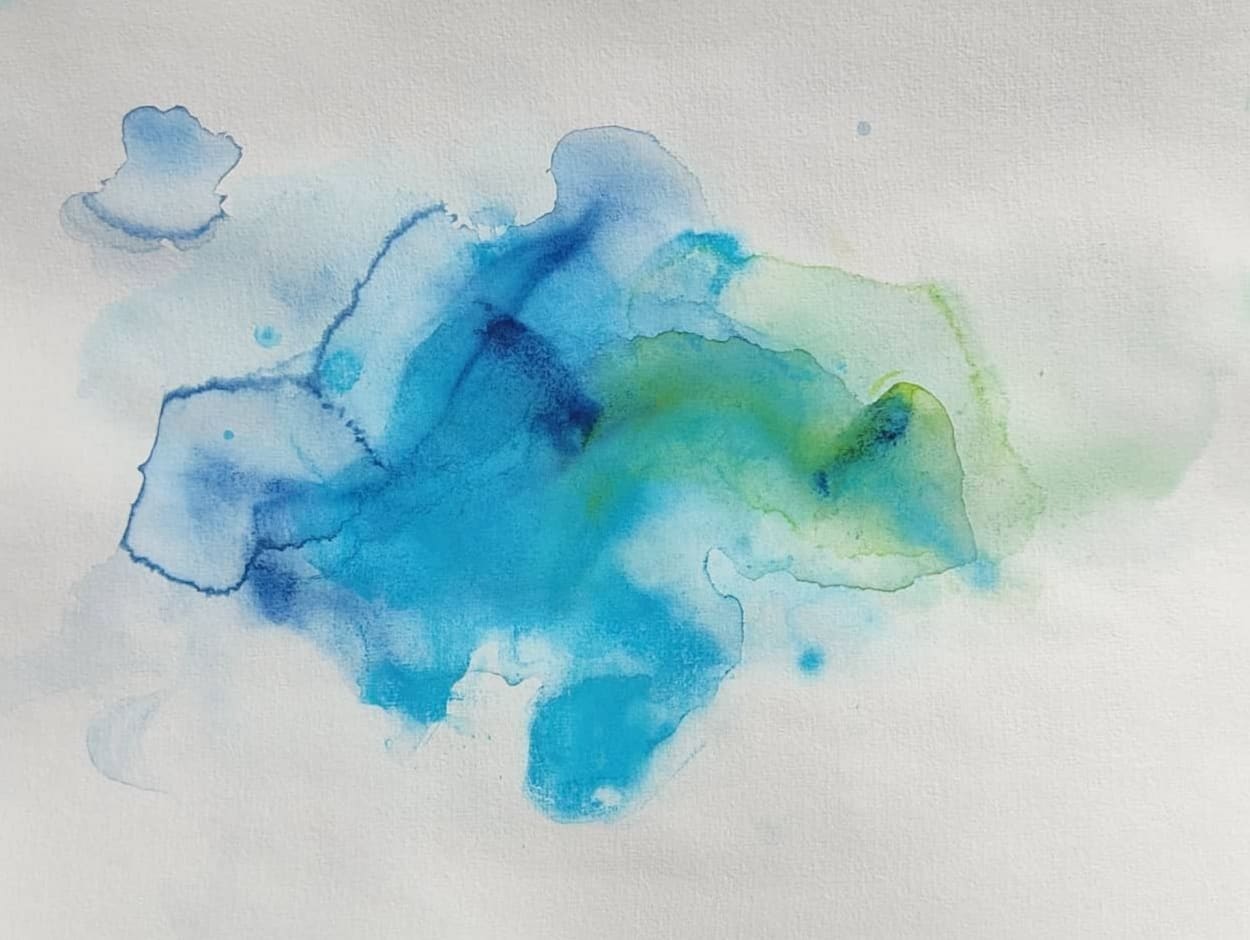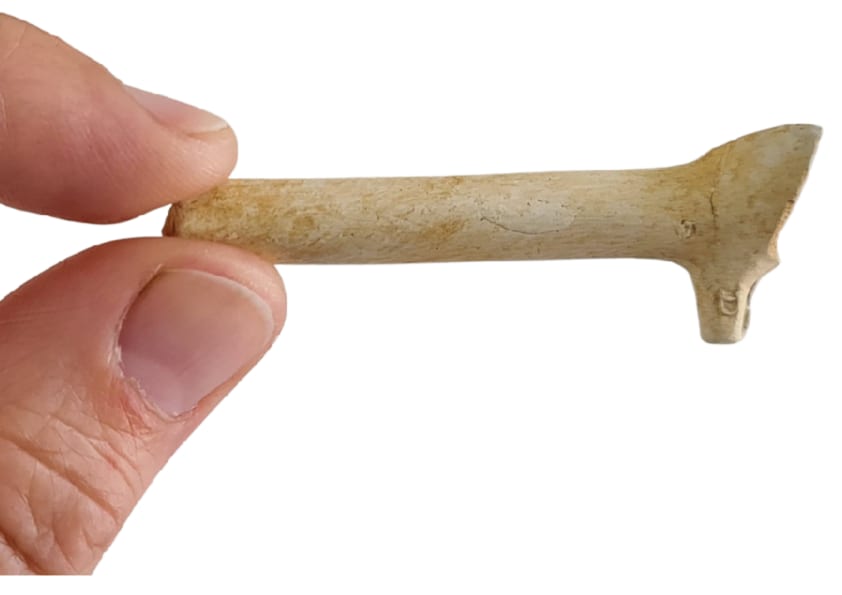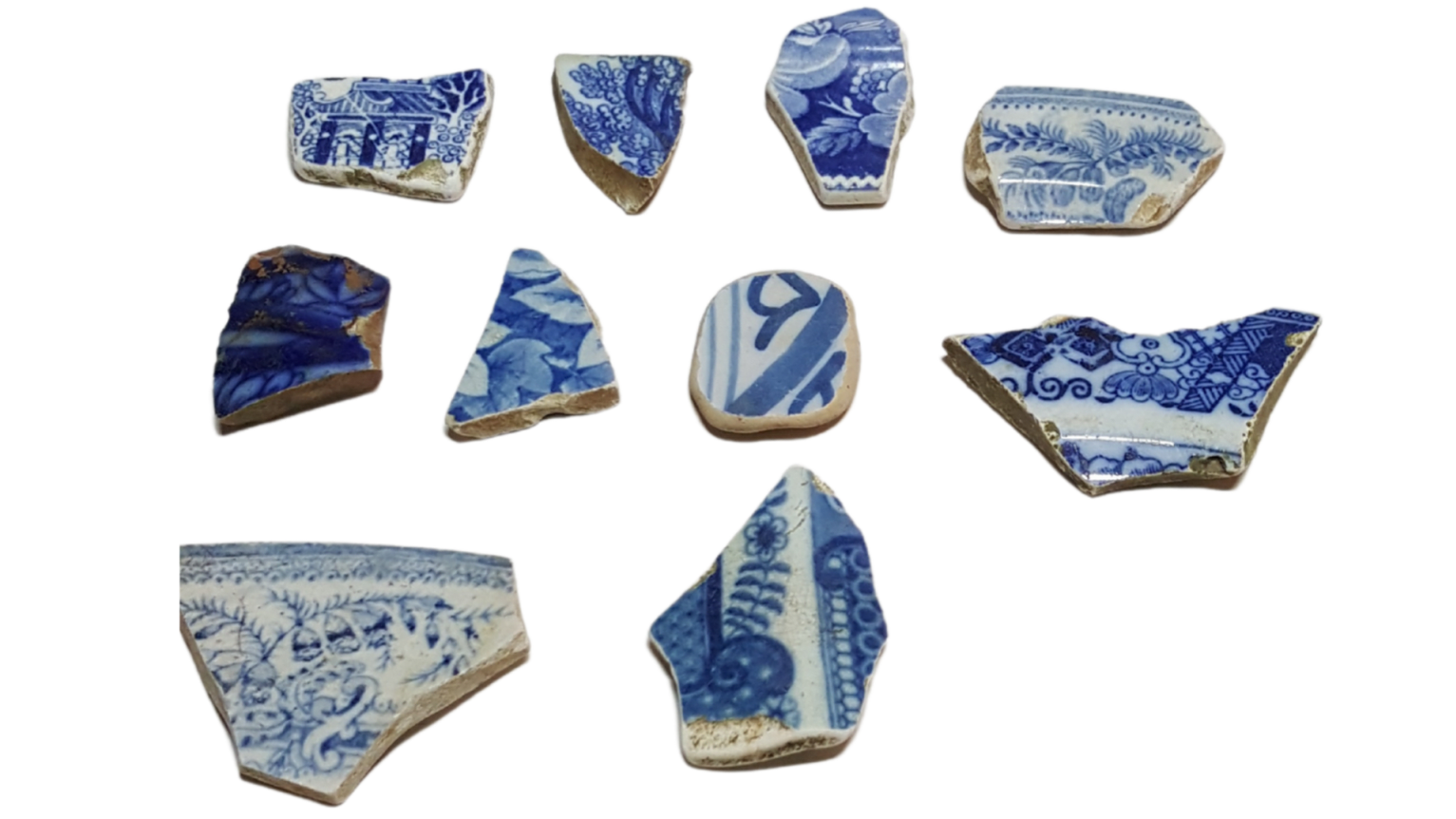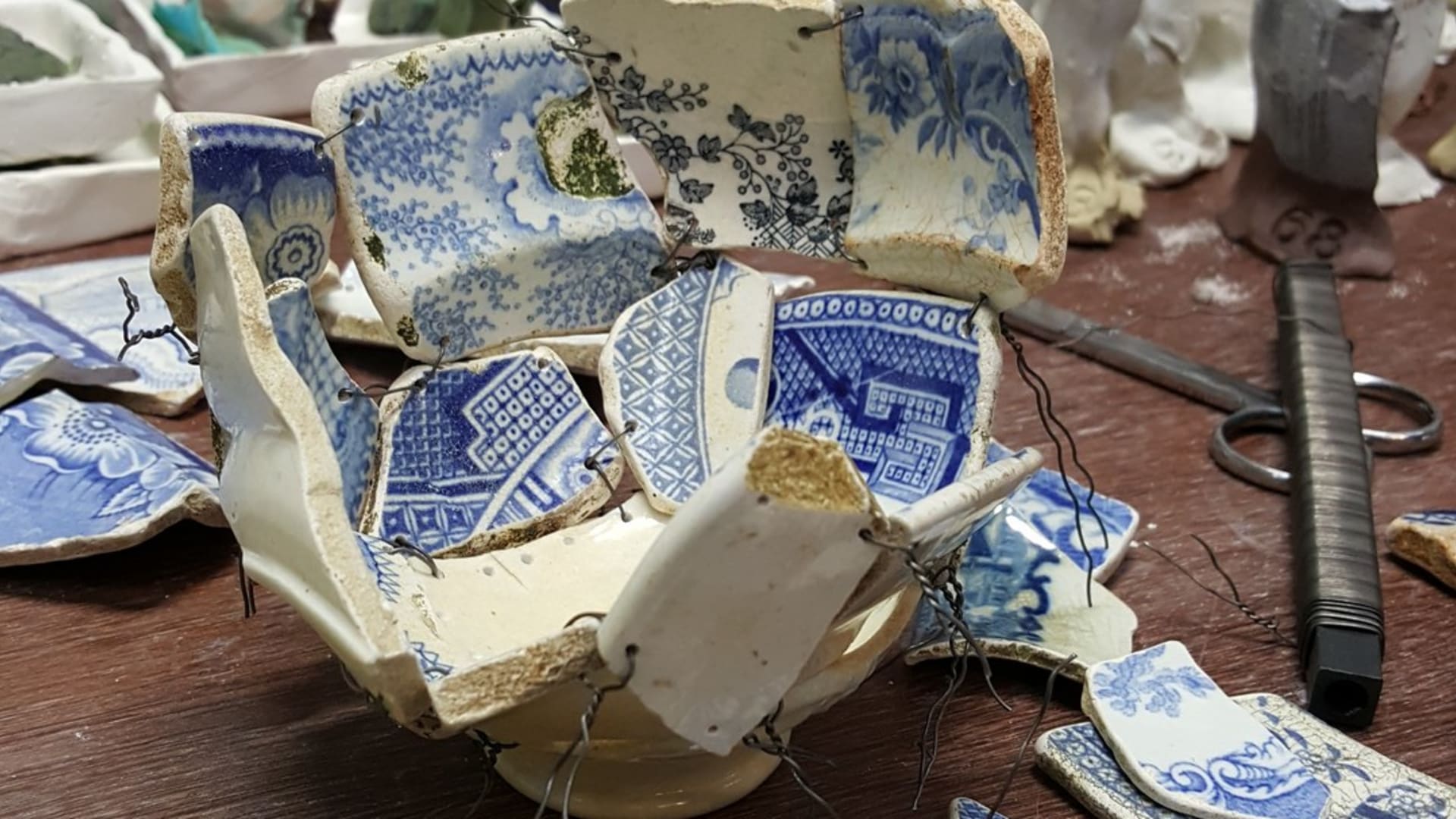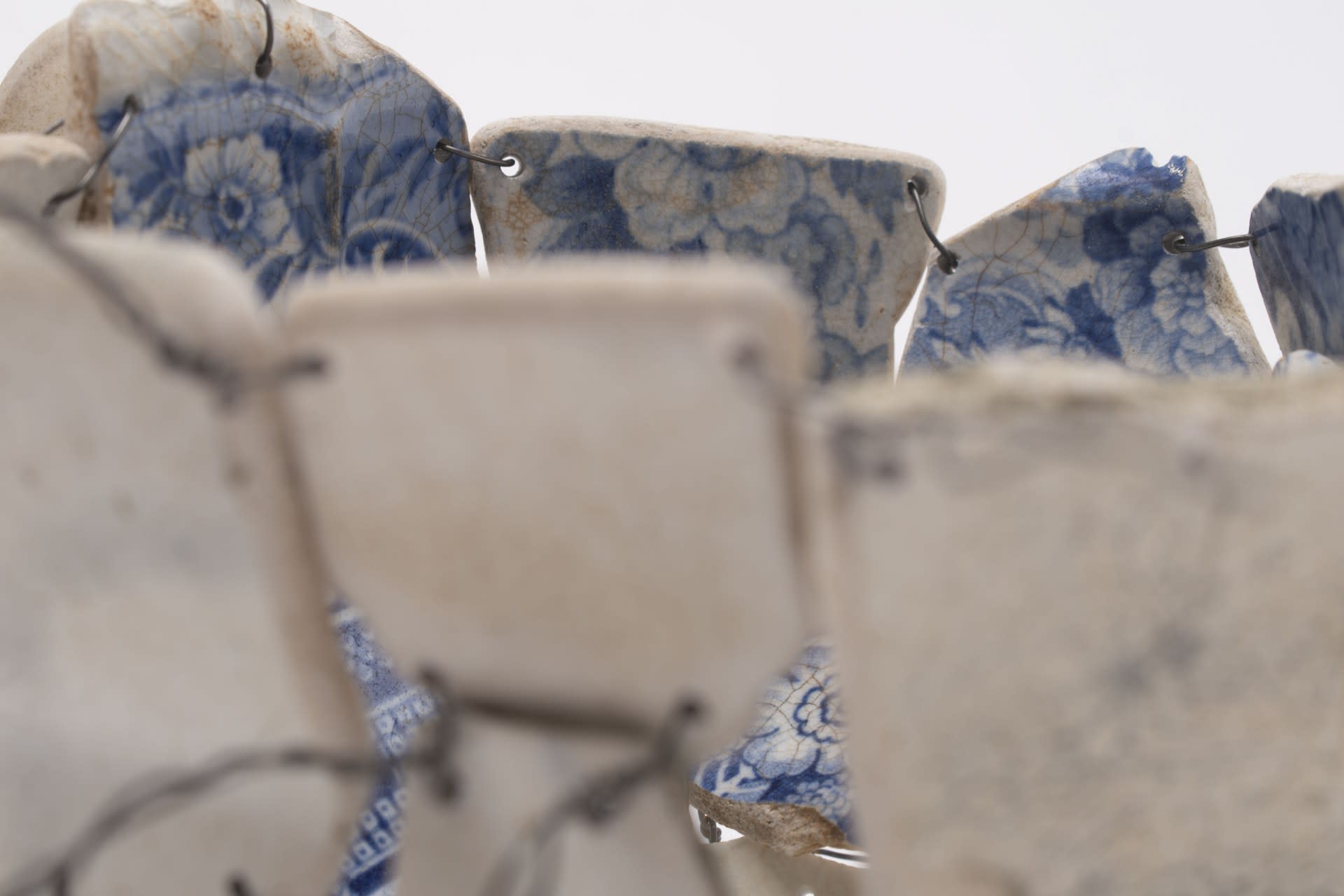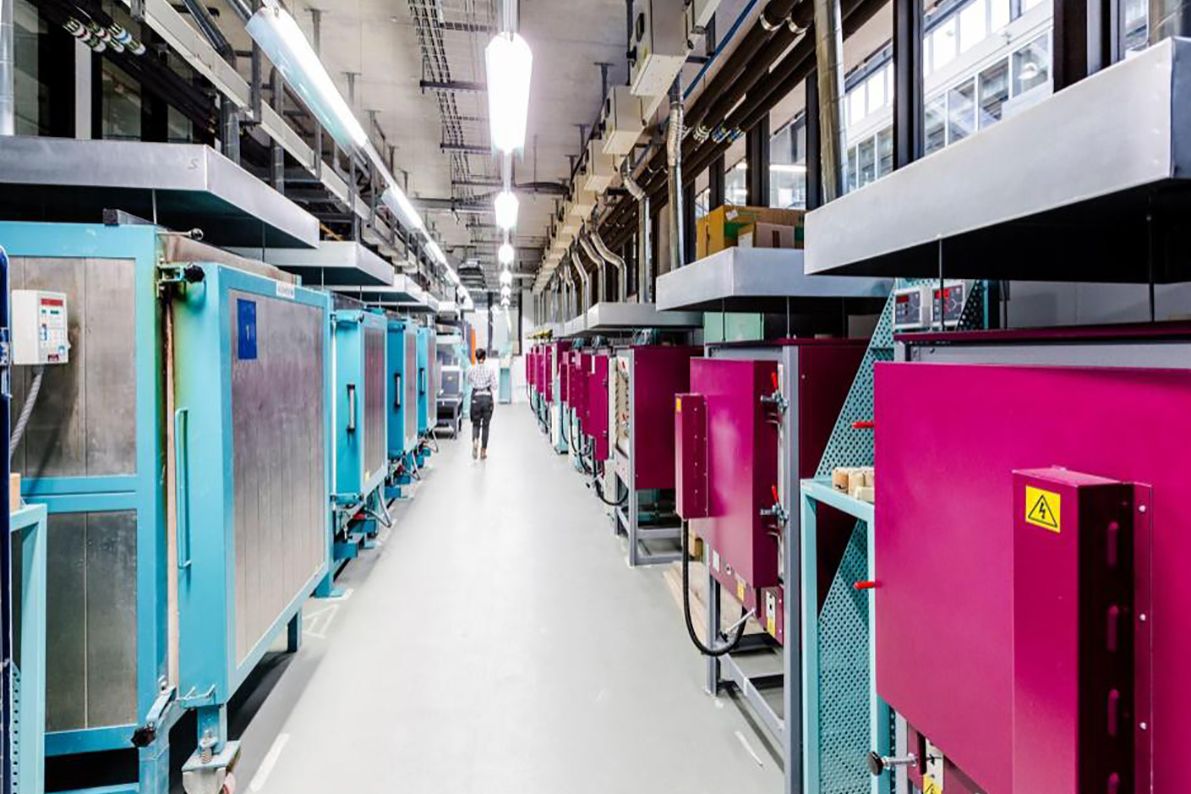In 2019 I graduated from a BA in Ceramic and Glass at The Royal Danish Academy of Design and Art, KADK in Denmark. Directly from here I applied for the MA at RCA.
I felt my journey was just starting and I needed to pursue and refine my artistic performance. With RCA I got the opportunity to study in a new educationally environment, in a different cultural context, expand my horizon.
Coming here differently modulated me in a new direction with more nuances and a larger perspective on my own work and a stronger connection to the international ceramic scene.







